Keep surface dry & alkaline for fungal prevention
strawchicago z5
10 years ago
Featured Answer
Comments (11)
dregae (IN, zone 6b)
10 years agolast modified: 9 years agostrawchicago z5
10 years agolast modified: 9 years agoRelated Professionals
Bridgetown Landscape Architects & Landscape Designers · Glassmanor Landscape Architects & Landscape Designers · Arlington Landscape Contractors · Brockton Landscape Contractors · Fair Oaks Landscape Contractors · Glendale Heights Landscape Contractors · Kerman Landscape Contractors · Long Branch Landscape Contractors · Northbridge Landscape Contractors · Pahrump Landscape Contractors · Parker Landscape Contractors · Ponte Vedra Beach Landscape Contractors · Wanaque Landscape Contractors · West Chester Landscape Contractors · Merrifield Landscape Contractorsdregae (IN, zone 6b)
10 years agolast modified: 9 years agostrawchicago z5
10 years agolast modified: 9 years agostrawchicago z5
10 years agolast modified: 9 years agostrawchicago z5
10 years agolast modified: 9 years agostrawchicago z5
10 years agolast modified: 9 years agoseaweed0212
10 years agolast modified: 9 years agostrawchicago z5
10 years agolast modified: 9 years agoVaporvac Z6-OhioRiverValley
6 years ago
Related Stories

GARDENING GUIDESGrow a Beautiful Garden in Alkaline Soil
Got alkaline soil? Learn how to manage it and the many beautiful plants that will thrive in this ‘sweet’ soil
Full Story
MOST POPULAR10 Strategies for Keeping Surfaces Clutter-Free
The universe wants your coffee table to become a clutter magnet — but you can fight back
Full Story
WINDOW TREATMENTSA Surefire Way to Prevent Sun Damage Indoors
Why let light ruin your furniture, floors and artwork, when the solution could be as simple as applying high-quality window film?
Full Story
LANDSCAPE DESIGNGarden Walls: Dry-Stacked Stone Walls Keep Their Place in the Garden
See an ancient building technique that’s held stone walls together without mortar for centuries
Full Story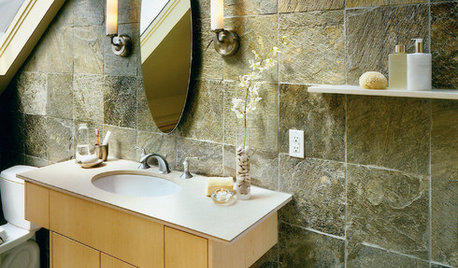
REMODELING GUIDESGet Stone and Ceramic Surfaces Super Clean
Keep your kitchen or bathroom looking as good as on installation day with the right cleaning methods for counters and tiles
Full Story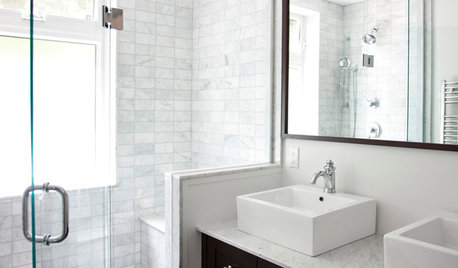
REMODELING GUIDESHow to Keep Your Home's Beautiful Glass Sparkling Clean
A few simple tools and tricks keep water spots and soapy film at bay
Full Story
GREEN BUILDINGThe Big Freeze: Inventors Break New Ground to Keep Things Cool
Old-fashioned fridges can be energy guzzlers, but there are more eco-friendly ways of keeping food fresh, as these global innovations show
Full Story
HEALTHY HOMEHow to Keep Water Vapor From Ruining Your House and Your Health
We help you find out when it’s happening, what it means and how to fix it
Full Story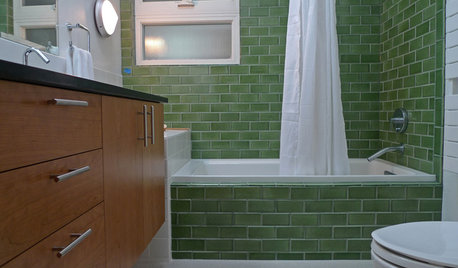
BATHROOM DESIGNBathroom Surfaces: Ceramic Tile Pros and Cons
Learn the facts on this popular material for bathroom walls and floors, including costs and maintenance needs, before you commit
Full Story
KITCHEN DESIGNKitchen Countertops 101: Choosing a Surface Material
Explore the pros and cons of 11 kitchen countertop materials. The options may surprise you
Full StoryMore Discussions






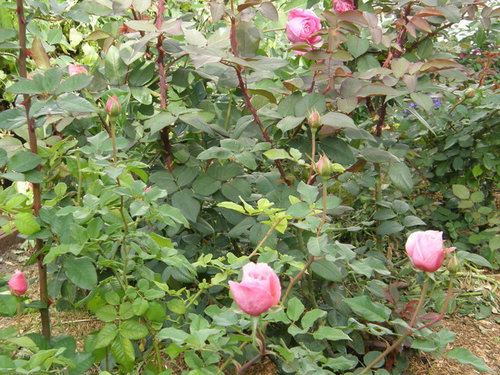

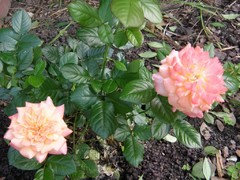

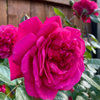
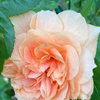

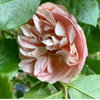
strawchicago z5Original Author